Vietnam War aesthetic
- Matthew O'Regan

- Jun 14, 2018
- 2 min read
The aesthetic look traditionally used in a Vietnam War is one filled with very dark, dirty and green colours. Often used to reflect the unfamiliar environment that the US soldiers fought in, these colours and the aesthetic look captures the savage, long dogfight between the Viet Cong and the US.
Within Randall Wallace's We Were soldiers, Wallace offers a non-political take, reflecting the true story of the war's first ground battle, in 1965. This focusses on the true heroism of the US soldiers that fought, despite the mismanagement from America's higher authorities. Therefore, this distinct aesthetic is created to represent the green, foreign lands that the US soldiers fought on and it establishes to the audience the overall mood and tone of the war. The aesthetic alone portrays the war as one which the US should not win. The contrast from the initial bright, primary colours from their base camp to the Vietnamese forests emphasises how unfamiliar and out of their comfort zone the american soldiers were. Therefore, the purpose of the 'Vietnam war - aesthetic' is to show the war as ugly, savage and punishing. The films are often used as a way to celebrate America as the films are very patriotic and filled with pride.
This aesthetic appeals to me because it reflects the realism of war and the unpredictability of the Vietnam war as the soldiers fought on unfamiliar territory. When this dark aesthetic is used, the films often also contain intense night scenes. These scenes appeal to me due to the building of tension and the constant feelings of fear and anxiety due to the ever-present threat - which shows how successful the aesthetic is because it emphasises the soldiers as heroes.
Furthermore, a familiar narrative structure that often occurs in these films, is that as the film goes on the aesthetic changes from very dark settings to a different setting, with the actual events on screen becoming chaotic. In We Were Soldiers, the dark, dirty setting changes to a brighter, bloodier setting as the US soldiers advance into the Vietnamese camps. This change of aesthetic represents how, as the Vietnam war went on, it turned to chaos as President Johnson's operation 'Rolling Thunder' wiped out many of US soldiers as well as Vietnamese. The number of bombs dropped over Vietnam in this campaign alone was greater than the total dropped during the entire Second World War: the equivalent of roughly 15 kilograms of bombs for every man, woman and child in Vietnam. Chemical weapons defoliated 10 percent of the country's surface and the loss of life spiked. These films often show this chaos and the change in the aesthetic look reflects this.
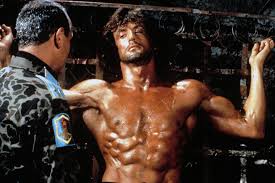
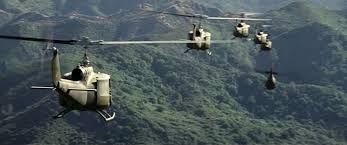

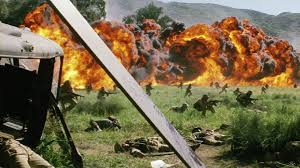
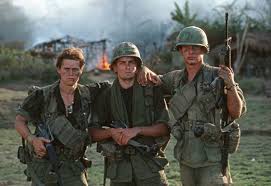
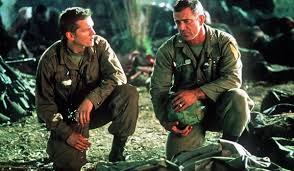



Comments